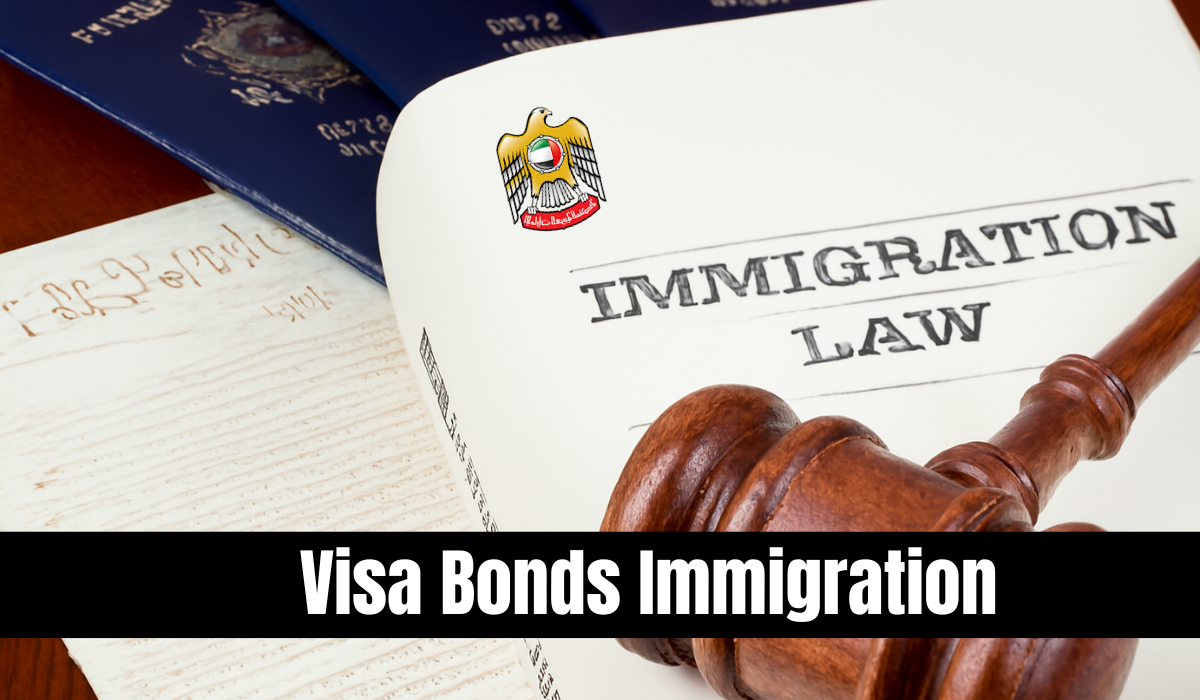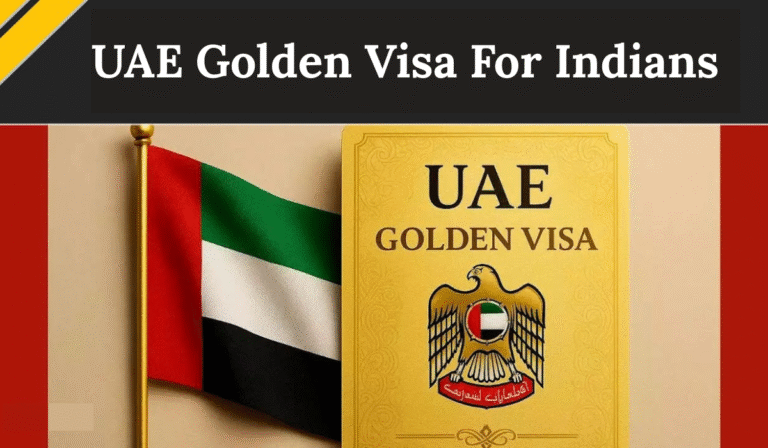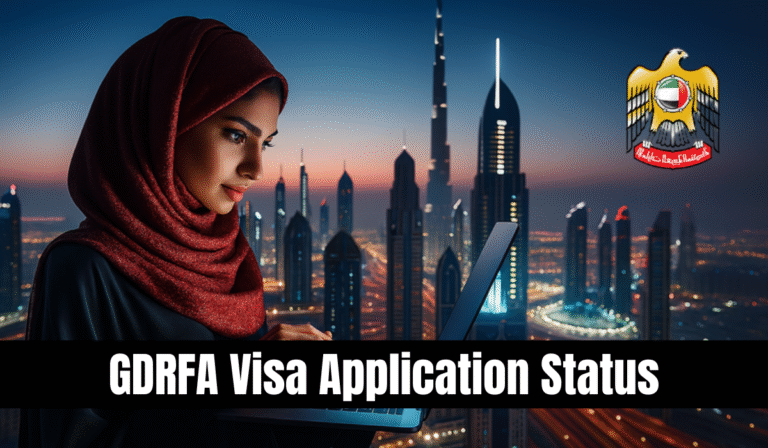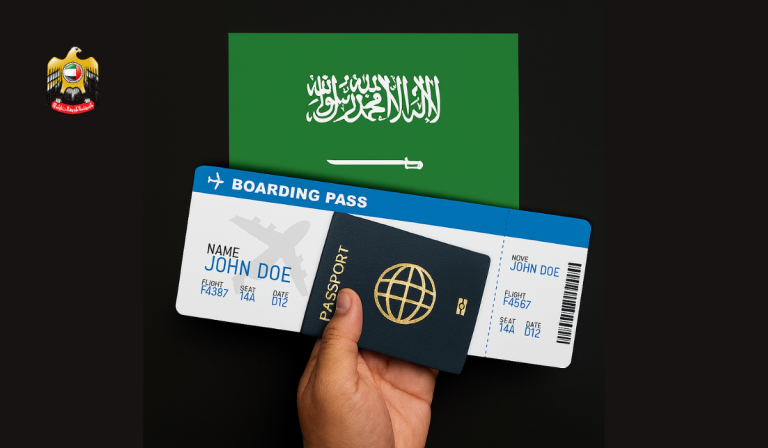Visa Bonds Immigration – Visa Bond Pilot Program

Visa Bonds Immigration. The United States is set to implement a new immigration policy that will require certain foreign nationals to post refundable bonds before they can enter the country. The pilot program, launching on 20 August 2025, will target B-1 and B-2 visa applicants from countries with high visa overstay rates or unreliable identity verification systems. This move has sparked significant debate and concern regarding the financial burden it may impose on travelers from poorer countries, with some critics describing the initiative as a form of “economic apartheid.”
In this article, we will explore the details of the Visa Bonds Immigration program, its implications, and the countries likely to be affected by this new rule.
What is the Visa Bond Program?
The Visa Bond Program is an initiative designed to deter visa overstays by requiring tourists and business visitors from certain countries to post a financial deposit. The bond will range from $5,000 to $15,000, depending on the circumstances of the applicant, and will be refundable under specific conditions. To qualify for a refund, the visa holder must leave the United States before their visa expires, or obtain legal immigration status while in the country.
First introduced by the Trump administration in 2020, the program was never enforced but has been revived under a new directive from the U.S. Department of State. The 12-month pilot program will apply to a limited number of applicants, with around 2,000 people expected to be affected during the trial period.
Which Countries Are Affected by the Visa Bond Policy?
While the official list of countries affected by this policy has not been published yet, we can expect it to include nations with historically high visa overstay rates or those with unreliable passport and identity systems. The U.S. government has not yet disclosed the official list, but it is expected to be available on the Travel.State.Gov website at least 15 days before implementation.
Some countries that may be targeted based on their overstay rates include:
- Chad
- Eritrea
- Haiti
- Myanmar
- Yemen
- Djibouti
- Burundi
- Togo
It is important to note that these countries are not part of the Visa Waiver Program, which allows citizens of certain nations to enter the U.S. without such financial guarantees.
Concerns Over Economic and Travel Barriers
The Visa Bonds Immigration policy has faced backlash from civil liberties groups and the travel industry. Advocacy organizations argue that the policy may disproportionately affect travelers from low-income nations, as the required bonds could be prohibitively expensive. For instance, travelers from these countries may struggle to afford a $5,000, $10,000, or $15,000 bond, further exacerbating financial discrimination.
Critics have pointed out that the policy may create a form of “economic apartheid,” in which travelers from wealthier countries are not subjected to these requirements, while citizens of poorer nations face financial barriers that limit their ability to visit the U.S. The high bond amounts exceed typical visa application fees and could make international travel unaffordable for many.
Additionally, the bond payments will be processed through Pay.gov, requiring applicants to submit a Form I-352. This could also create logistical challenges for applicants who may not have easy access to such payment systems.
How Does a Visa Bond Work?
A visa bond typically works in the following steps:
1. Application Process
When applying for a visa, the applicant must submit a visa bond if it is a requirement for their specific visa type. The amount of the bond varies depending on the country, type of visa, and the applicant’s circumstances.
2. Payment of the Bond
If the bond is required, the applicant will need to pay the amount specified by the immigration authorities. This payment is typically made through a government-approved method, such as a bank transfer, online payment, or at the time of the visa interview.
3. Visa Approval
Once the visa bond is paid and all other visa application conditions are met, the visa application is processed, and if approved, the visa is granted to the applicant.
4. During the Stay
While the applicant is in the country, they must comply with all visa conditions. These conditions can include not overstaying the visa, working without authorization, or engaging in illegal activities. If the applicant abides by all conditions, the bond will be refunded after their visa expires.
5. Refund or Forfeiture of the Bond
If the individual follows the conditions of their visa and leaves the country before the visa expires, the visa bond is refunded. However, if the individual fails to comply, such as overstaying or violating visa terms, the bond is forfeited, and they may face penalties or deportation.
Countries That Require Visa Bonds
Several countries have implemented visa bonds to control immigration and ensure visa holders comply with their visa conditions. These countries typically require visa bonds for applicants from specific countries or for particular visa categories.
1. Australia
Australia is one of the countries that frequently requires visa bonds for certain visa applicants. This is especially true for individuals applying for tourist visas or those from countries with high visa overstay rates. The Australian government requires a bond to ensure that applicants will return to their home countries after their visa expires.
2. United Kingdom
The UK requires a visa bond for some nationals who apply for a visitor visa. The bond amount varies depending on the applicant’s immigration history and the risk factors associated with their visa type.
3. United States
While the U.S. does not require a direct visa bond for most visa types, it has a similar system known as the Immigrant Visa Bond. This bond is often required for certain visa applicants, including those applying for non-immigrant visas, where there is a risk of overstaying.
4. Canada
Canada may also require a visa bond for applicants applying for temporary visas, particularly for those from countries with high levels of immigration violations. Canada enforces strict visa conditions, and a bond serves as a guarantee for compliance.
Justification from U.S. Officials
U.S. officials have defended the policy as a necessary measure to address visa overstays, particularly from countries with high rates of non-compliance. According to the Department of State, the bonds will not serve as a revenue-generating measure but as a security deposit to ensure travelers abide by U.S. immigration laws.
The bonds will be refundable under the following conditions:
- Proof that the traveler departed the U.S. before their visa expired.
- Proof of adjustment to legal status while in the country.
- In the case of the traveler’s death.
The temporary nature of the pilot program has been emphasized, with consular officers given the discretion to decide whether a bond is necessary on a case-by-case basis.
Policy Timeline and Implementation
The pilot program is scheduled to begin on 20 August 2025, with an initial duration of 12 months. During this period, the U.S. government will assess the program’s impact and consider whether it should be expanded or modified. The Department of Homeland Security will use data from its 2023 Entry/Exit Overstay Report to determine which countries will be included in the program.
The overstay report reveals that countries such as Malawi and Zambia had high visa overstay rates in 2023, with 14% of visitors from Malawi and 10.45% of visitors from Zambia overstaying their visas. Other nations with high overstay rates, such as Chad, Haiti, and Myanmar, could also be affected.
How Much Are the Bonds?
The visa bond amounts are set at three levels:
- $5,000
- $10,000
- $15,000
These amounts will be determined at the discretion of U.S. consular officers and will take into account the applicant’s personal circumstances, including factors such as the reason for travel, employment, income, education, and skills.
While the bond amounts may seem steep, U.S. officials maintain that the program is aimed at addressing non-compliance with U.S. immigration laws rather than generating revenue. The bonds will only be refunded if travelers meet the program’s conditions, including timely departure from the U.S.
Challenges and Logistics
For travelers required to pay a visa bond, entering and exiting the U.S. will need to be done through one of the following airports:
- Boston Logan International Airport
- John F. Kennedy International Airport
- Washington Dulles International Airport
This additional requirement may prove burdensome for travelers, especially those coming from countries without direct flights to these airports.
Potential for Expansion and Future Developments
The Visa Bond Pilot Program will likely be monitored closely by human rights organizations and foreign governments throughout its trial period. With concerns over its impact on international travel, there may be ongoing debates about the fairness of the policy and whether it truly addresses the issue of visa overstays.
As the pilot program progresses, it is expected that the list of countries affected will evolve. Countries like Malawi and Zambia are already included based on high overstay rates, but other nations with similar concerns may be added.
Estimated Overstay Rates of Selected Countries
| Country | Estimated Overstay Rate (2023) |
|---|---|
| Chad | 49% |
| Laos | 34% |
| Haiti | 31% |
| Republic of Congo | 29% |
| Sudan | 26% |
| Djibouti | 23% |
| Myanmar | 26% |
| Eritrea | 19% |
| Yemen | 19% |
| Burundi | 15% |
| Sierra Leone | 15% |
| Democratic Republic of Congo | 15% |
| Turkmenistan | 15% |
Benefits of Visa Bonds
- Ensures Compliance: The primary benefit of a visa bond is that it ensures the individual will follow the visa rules, including leaving the country before the visa expires.
- Reduced Immigration Violations: Countries with visa bonds tend to have lower rates of immigration violations, as individuals are financially incentivized to comply.
- Refundable: If the applicant complies with the visa conditions, the bond is refunded, making it a temporary expense rather than a permanent one.
FAQs About the Visa Bonds Immigration Program
What is the Visa Bond Immigration Program?
Ans: The Visa Bond Immigration Program requires certain tourists and business visitors from countries with high visa overstay rates to post a refundable bond ranging from $5,000 to $15,000. The bond is refundable if the traveler leaves the U.S. on time or adjusts their status legally.
Which countries will be affected by this policy?
Ans: The U.S. government has not yet published the official list of affected countries, but it is expected to target nations with high visa overstay rates or unreliable passport and identity verification systems. Likely candidates include countries such as Chad, Haiti, and Myanmar.
How do I know if I need to pay a visa bond?
Ans: Visa bonds will be assessed on a case-by-case basis by U.S. consular officers. If you are from a country with a high visa overstay rate, you may be required to pay a bond as part of the visa application process.
Conclusion
The Visa Bonds Immigration policy is a significant shift in U.S. immigration law, raising important questions about fairness, economic barriers, and its impact on international travel. While aimed at addressing visa overstays and ensuring compliance with U.S. immigration laws, the program has sparked controversy and criticism, particularly from countries in the Global South. As the pilot program moves forward, it will be important to monitor its effects on tourism, business, and diplomatic relations.












